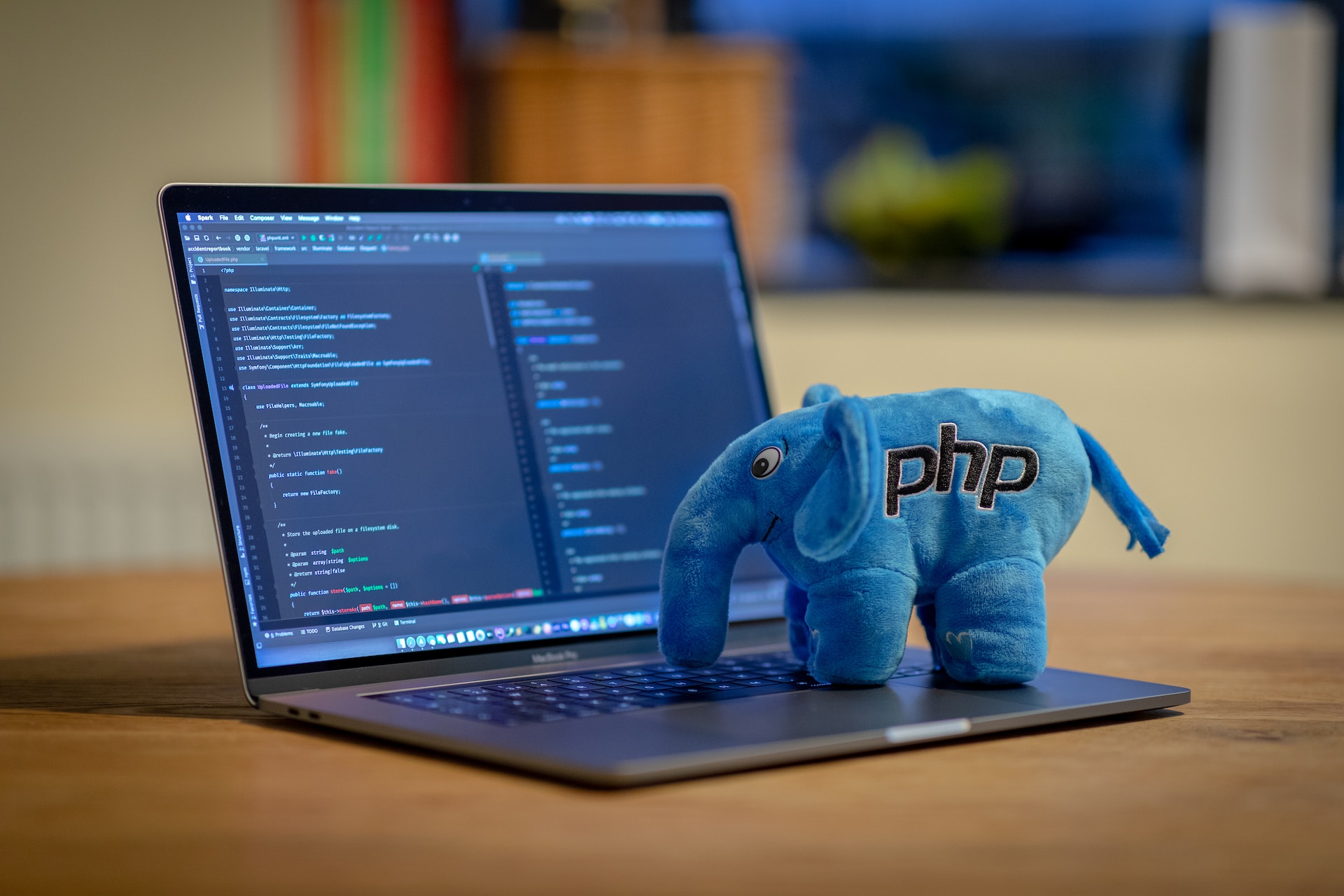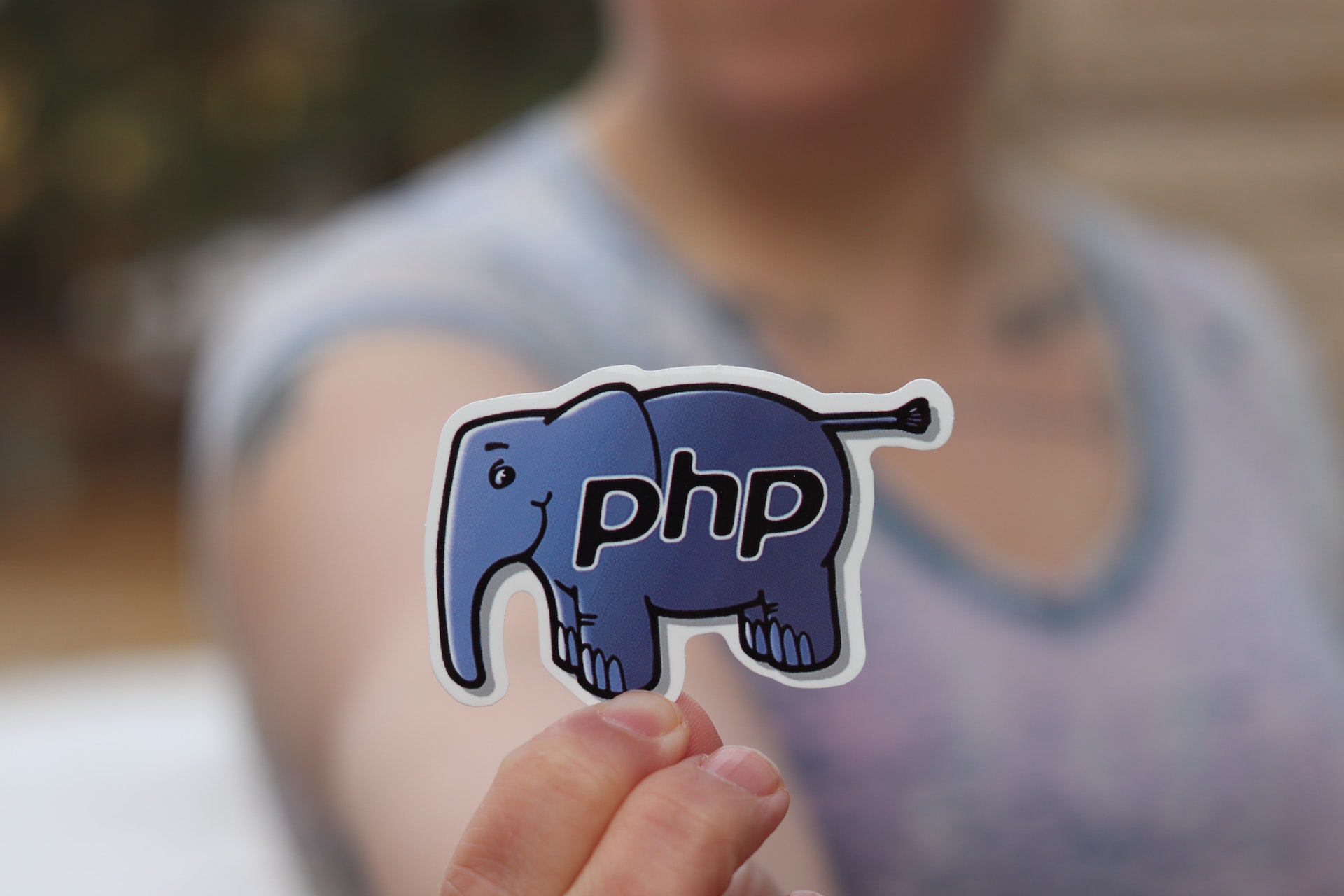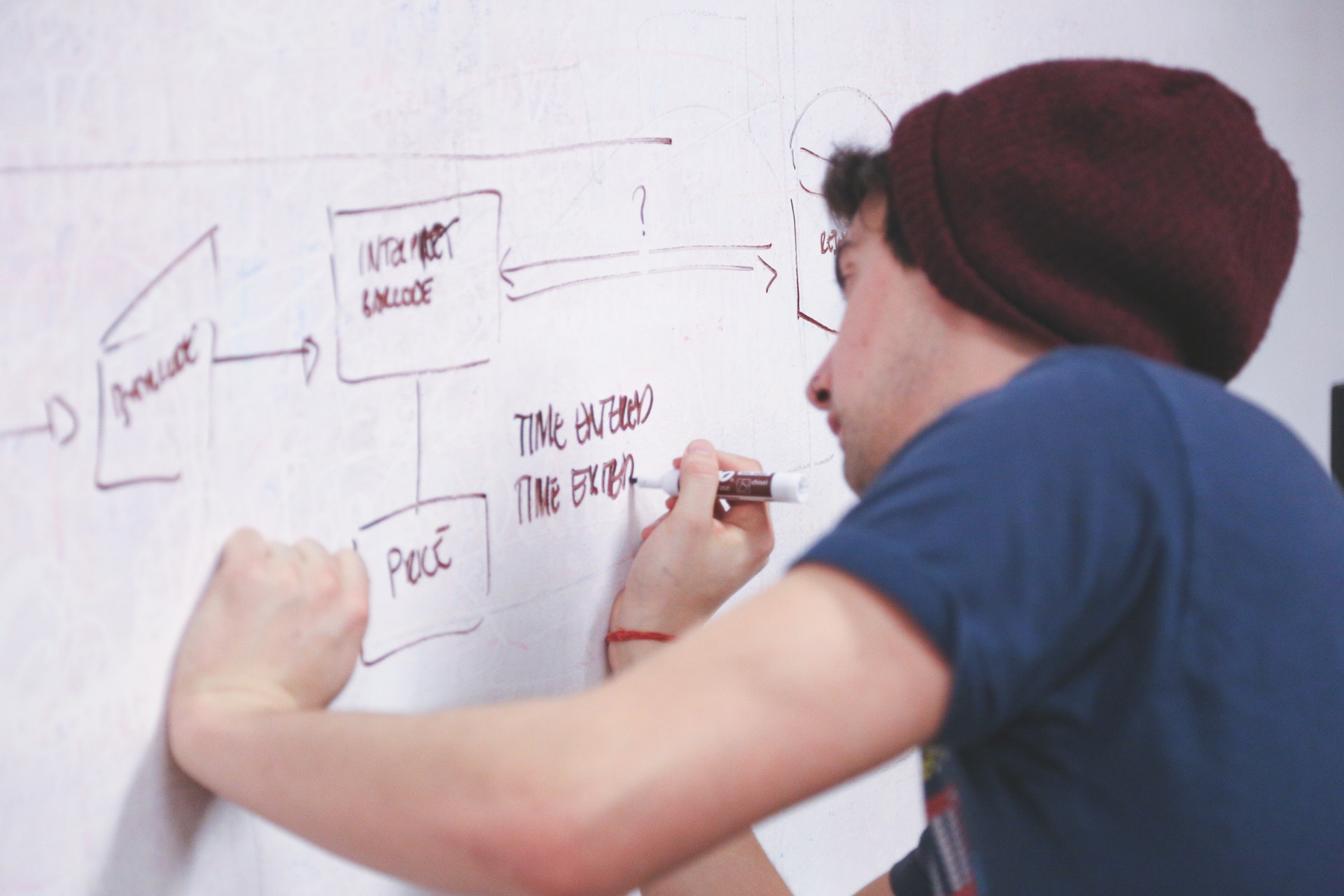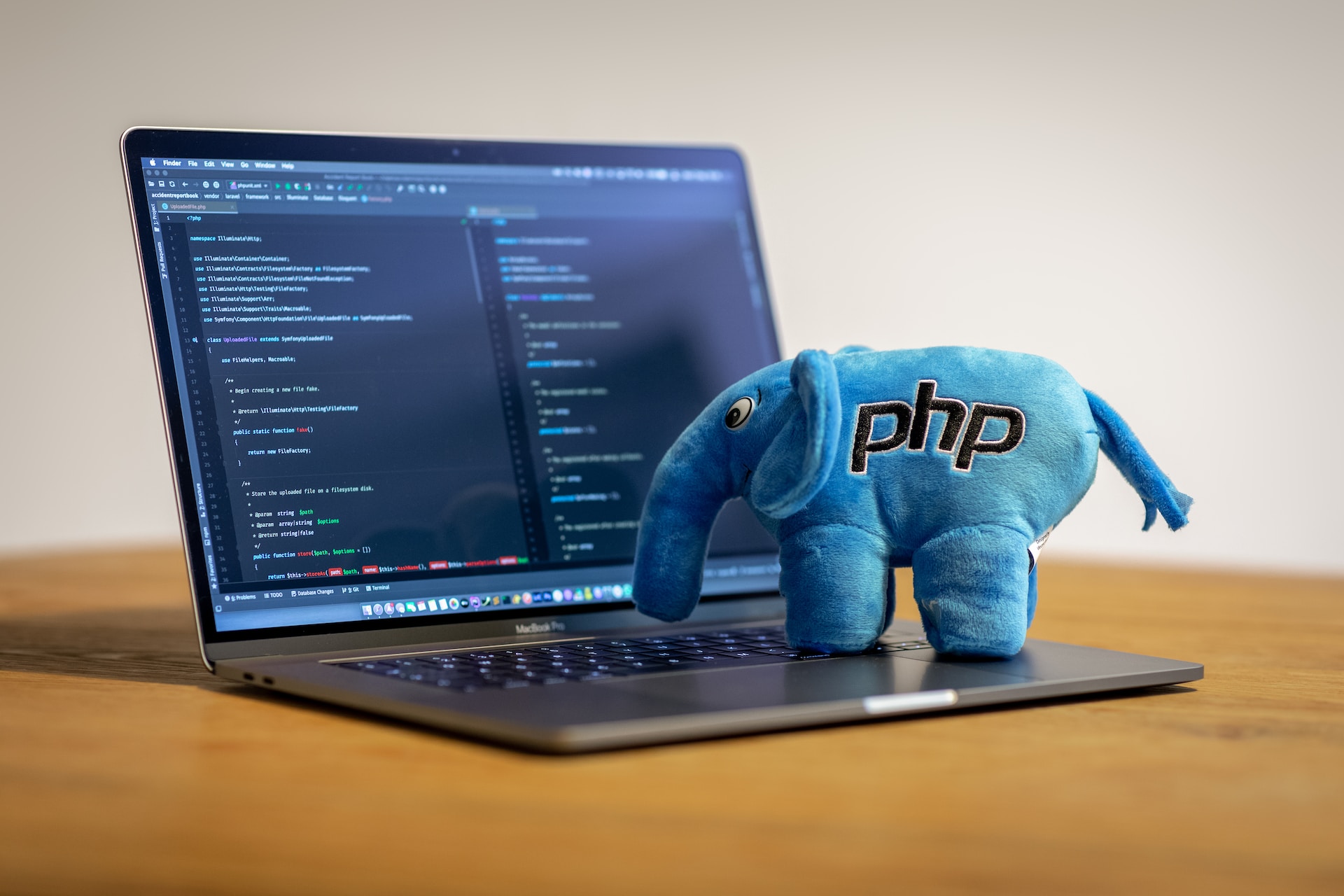Respect\DataMapper
A Bridge Between Your Application and the Database.
Data Mapping for Modern Applications
In the digital age, where every piece of information is at your fingertips, the quality of data management in applications is as vital as their functionality. In the world of object-oriented programming, where applications are becoming increasingly complex and data is treated as a fundamental component, effective management of that data becomes key. In this context, Respect\DataMapper stands out as an exceptional tool. It acts as a bridge between the objects in your code and the records in your database. With it, processes such as saving, reading, updating, or deleting data become much more streamlined. Moreover, it helps in maintaining structural and logical consistency between the application and the database, eliminating potential inconsistencies and errors.

Why Respect\DataMapper?
Automation in Database Usage
When we think of databases, we often envision complex SQL queries and the necessity of manually managing data. Respect\DataMapper changes this perspective. One of the most impressive aspects of this library is its ability to automatically map objects to database records. As a result, you no longer have to spend hours writing and optimizing SQL queries. The library takes on the heavy lifting, accelerating the process of creating and updating applications. Such automation not only significantly speeds up development but also reduces the risk of errors caused by manual coding. This allows developers to dedicate more time to designing and implementing key functionalities of the application, focusing on business logic rather than the technical nuances of data access.
Consistency
In today's times, when applications are becoming more complex and dynamic, data consistency between the code and the database is essential. Respect\DataMapper plays a key role in this, ensuring that there are no discrepancies between your application and the database. Every object in your code has a corresponding record in the database. As a result, when you make a change in one place, the system automatically updates the other, eliminating the need for manual synchronization. This not only guarantees the integrity of the information but also saves time and effort that you would otherwise have to spend on manual updates. Consequently, your applications run more smoothly, the data is always up-to-date, and the risk of errors related to data inconsistency is minimal.
Flexibility
In modern programming, one solution doesn't always fit all scenarios. That's why Respect\DataMapper was designed to provide an optimal balance between automation and individual customization. Although this library offers advanced tools for automatic mapping, it does not limit developers in their creativity. The ability to customize the mapping process allows for precise mapping of complex relationships and structures that are specific to a given project. Whether through manually defining mapping rules or adjusting behaviors in real-time - with Respect\DataMapper, you can be confident that your database and application will work in harmony, regardless of the project's requirements.
What is object-relational mapping?
Object-relational mapping, also known as ORM (Object-Relational Mapping), is a technique that allows the integration of database systems with an object-oriented programming model. In practice, ORM enables the representation of database records as objects in a programming language and vice versa. Instead of manually writing SQL queries to manipulate data, developers can work directly with objects in their preferred programming language. The main goal of ORM is to increase productivity by eliminating inconsistencies between two different data representation systems. Respect\DataMapper, as an ORM tool, offers advanced features that automate many routine tasks, such as adding, updating, deleting, or retrieving data, allowing developers to focus on more complex aspects of their applications.

How does it work?
When you create an object within your application, Respect\DataMapper, thanks to its built-in mechanisms, "knows" how to transform that object and save it in the appropriate database table. If you need to retrieve an object, the library searches for the corresponding record in the database, then maps it back to the object and delivers it directly to your application. This entire process occurs invisibly to the developer, eliminating the need for manual interaction with the database. This facilitates faster and more intuitive application development, where data interactions are paramount. That's precisely why Respect\DataMapper is so valued by developers who want to focus on business logic rather than the nitty-gritty details of database implementation.

Zintegorwana walidacja
Respect\DataMapper nie tylko zajmuje się mapowaniem, ale również dba o integralność i jakość Twoich danych. Dzięki wbudowanym mechanizmom walidacji, nie musisz martwić się o błędy czy niespójności. Przed zapisaniem obiektu do bazy danych, biblioteka automatycznie sprawdza, czy dane są zgodne z oczekiwaniami i regułami biznesowymi, zapewniając, że informacje są wiarygodne i zgodne z ustalonymi standardami. To nie tylko zwiększa pewność działania aplikacji, ale również redukuje ryzyko wystąpienia problemów związanych z nieprawidłowymi danymi w przyszłości. Takie podejście gwarantuje wyższy poziom jakości oraz bezpieczeństwa w zarządzaniu informacjami w Twoim systemie.

Feedback From Our Users
Excellent!
Since I started using Respect Project, my efficiency as a developer has skyrocketed. The modularity of the offered components allows me to create applications quickly and effectively. Moreover, their reliability and community support make me feel more confident when implementing even the most advanced functions.
James K. — Developer
Easy to use!
I am hugely impressed by the code quality and documentation in Respect Project. The components are not only intuitive to use but, most importantly, they are reliable and easily integrate with my projects. In particular, the Respect\Validation library has become indispensable for me in validating input data.
Emily P. — Developer
Awesome functionality!
Respect Project is a real game-changer in the world of PHP programming. Not only does it provide essential tools for building modern applications, but it also promotes best programming practices. I love the flexibility and versatility of the offered components. I recommend it to anyone who wants to elevate the quality of their code!
William T. — Programmer